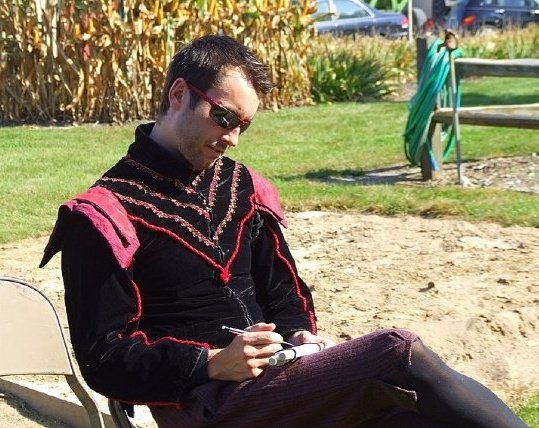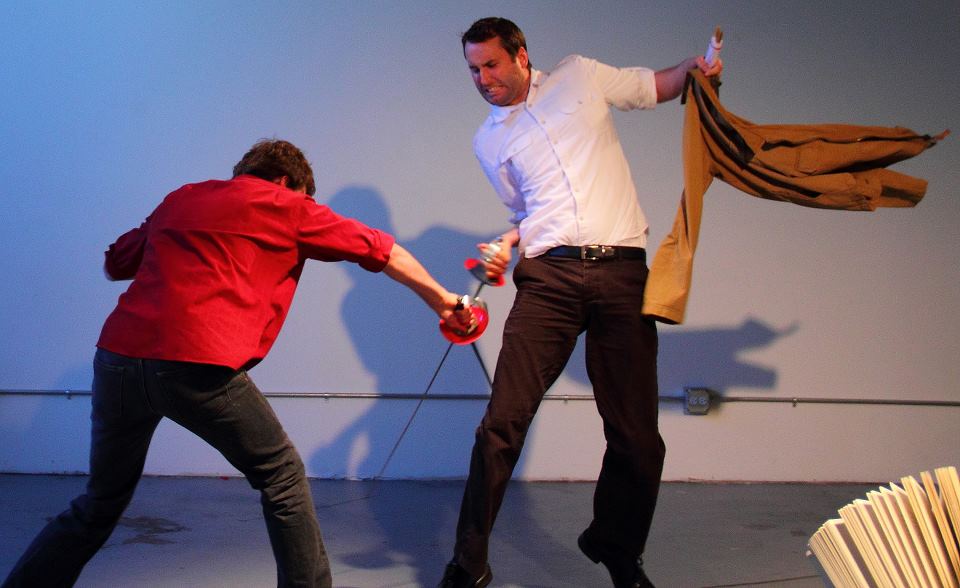
By Danny Pancratz
SPOILER ALERT: Juliet dies in the end. But that’s not what I want to write about. I’m referring to Act 4 when Juliet is found “dead” on the morning of her impending nuptials. When you think about the most realistic reaction by parents to such a horrible (if true) discovery, what does it look like? What does it sound like? Chaos? Screams? Agonizing loss? I’m sure many of you have seen the moment played that way.
Now look closer at the text: why are there musicians underscoring the moment with happy songs? To add to the tragedy of the moment? Perhaps. But remember that we, the Audience, know the truth: Juliet is alive.
Now look closely at the speeches of those who found Juliet. Notice the repetition. Notice how what they’re saying isn’t as important as the fact that they are saying something–anything to try to express what they’re feeling.
It was this scene, this moment, when I went from intrigued by the Unrehearsed Shakespeare method to completely in love. Why? Because Bill Kincaid in an introductory session — as I’ve seen him do in many workshops at theatre festivals — showed the room how Unrehearsed Shakespeare can reveal a more truthful depiction of this moment than modern conventions. He explained how all these things — the repetitive, redundant speeches of woe, the timing of the musicians — are perhaps clues to something bigger that should be happening: overlapping dialogue.
After all, the actors would not have had full scripts, but merely sides with their lines and cues. The first folio and other editions put the speeches “in order,” but think back to my first question: how would it *truly* look and sound when adults discover the “dead” body of their beloved Juliet? Chaos, right?
If we use these clues to tweak the accepted cues for the speeches in this scene we get that chaos. No longer are a mother, father, or nurse waiting for their turn to speak. They can all speak at the same time. All that matters is that one of them cues the next important action. This immediate response creates an honest chaos. Not to mention how it saves the actors from having to find other behavior to mask the silence of waiting to speak.
Now the musicians’ underscoring of dramatic speeches becomes a hilarious cacophony of contradicting emotions. It becomes a scene befitting the first 3 acts before it: funny. And honest to the reality of the scene.
And the best part if all of this? Overlapping dialogue’s usage is not limited to comedy. If you’ve seen one of our shows, you’ve seen it used in any moment the “Director” (the person who tracked out the roles) discovered clues in the text to make this an option. In this latest edition of R&J we’re starting from scratch. I can’t wait to discover which moments Zack found for us to experiment with overlapping dialogue. I hope you’ll come out to see it too. SPOILER ALERT: It’s going to be a lot of fun.

